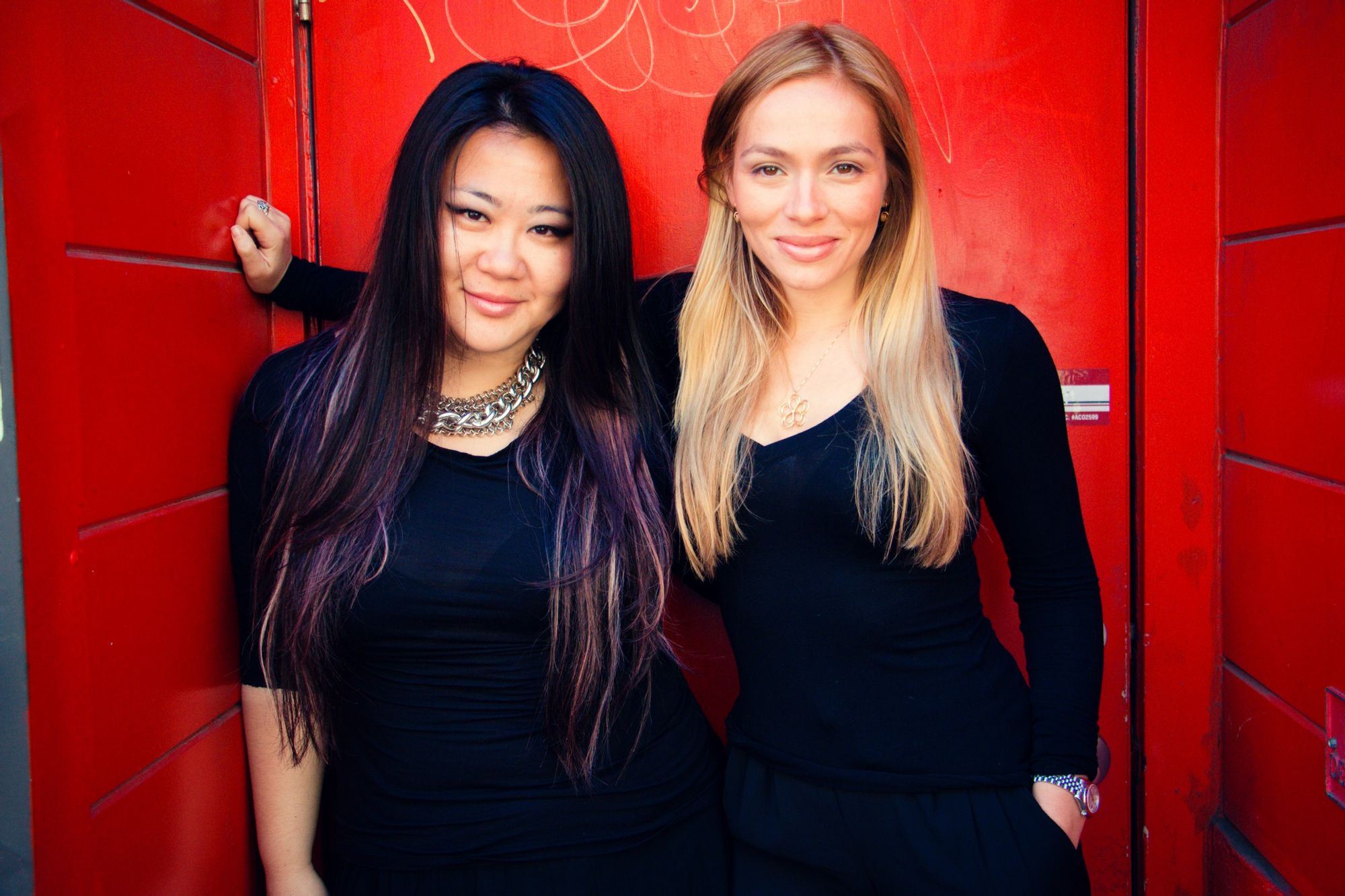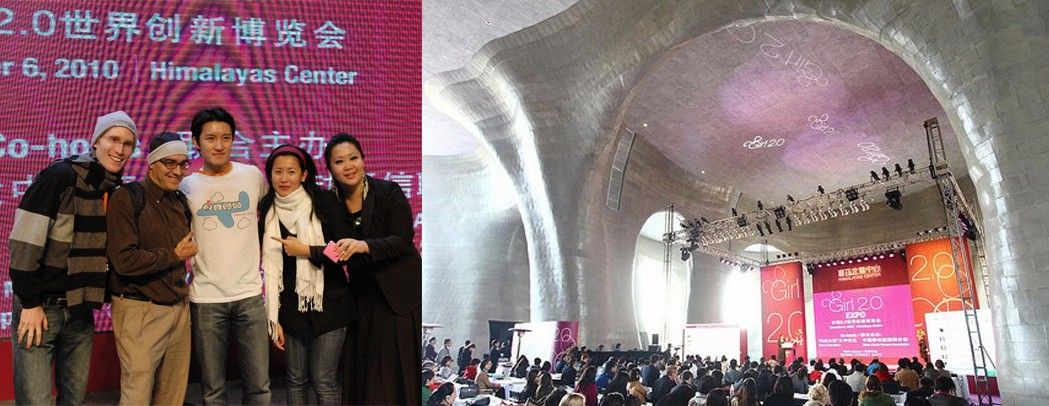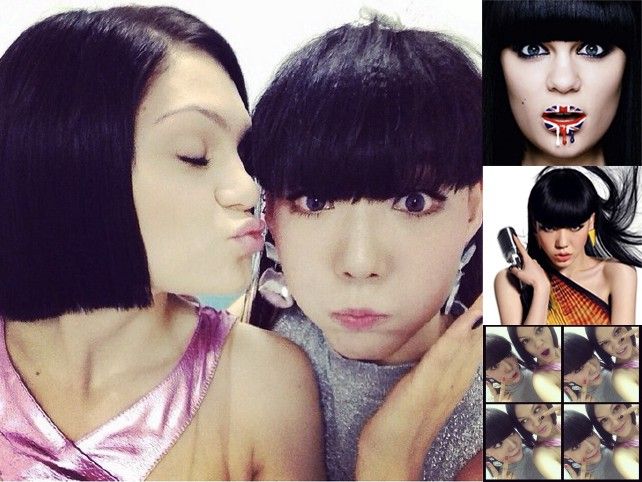Finding the Chinese Millennial

How are we — an energy attorney and an editor-in-chief of a number of Chinese publications — supposed to bridge the gap between the two greatest superpowers in the world?

By leveraging the convergence of several major events. And taking advantage of very good timing.
At the time of the 2008 financial and economic crash in the United States, China rang loudly on every news site, newspaper, magazine and radio show in the US. We all heard how the largest luxury market, the fastest growing consumer market, and the biggest foreign box office market was taking off. Yet, the West truly knew nothing of the color of Chinese lives, despite the deep seated curiosity stemming from a 24 hour news cycle on China — the awe-inspiring economic growth, increasingly assertive super-power, the main engine behind commodity prices, the manufacturer for the world — all due to a modernizing eastern empire.
But what was actually happening in China? Perhaps we could find out online?
It would be more difficult than that. All of a sudden, Facebook, Twitter, Youtube, Wordpress — every major US platform — found themselves blocked in an online market of over 800 million. The Chinese started creating their own social networks at wildly faster rates, platforms that also exceeded their western counterparts in complexity (you should really have a Chinese friend take you through the all encompassing WeChat mobile app which grew to 500M users in just three years).
Although China’s youth obsessed over Taylor Swift’s Bad Blood, there was no way to reverse engineer the desire and retrieve data on why there was such an appreciation for it — especially for a western artist who had never traveled to the country or even communicated to Chinese audiences in any meaningful way. It took us no time to realize that whichever path we would take, the first step should be to very deeply understand why things were the way they were.
So we created a series of cross-border and cross-industry events in Shanghai, Beijing, Nanjing, New York, and LA, to uncover the issues of transfer of culture and innovation. We invited speakers from all industries, including Dave McClure (500 Startups), Larry Namer (E! Entertainment), Melora Zaner (Yahoo!), and Qin Yi (one of China’s top four actresses in the 50s).
But let’s be real. Taking Dave McClure around to first and second tier cities could not possibly be the most effective way for transferring innovation sustainably. Where is the scale?

During our investigation on how to build a platform to connect the East and West, we discovered the biggest import/export was not just medical manufacturing devices, or Chinese tourists, but rather, western entertainment in China. Hollywood, suffering from a shrinking market, was dying for access to the largest growing foreign film and celebrity endorsement market in the world. And that’s how we found our launch point — celebrities.
Although celebrities had massive audiences in China, they were incredibly underserved, especially given the size of their China potential. The modus operandi of cross-border entertainment transactions was to generate low hanging endorsement deals and TV licensing agreements. Through this lens, the Chinese fan was often ignored.
But understanding the end user in China is what we cared about. Not as consumers of luxury goods or import/export of foodstuffs, but the largest millennial market in the world: a group of 240 million entrepreneurially-minded youth who wanted to build the next greatest company (compare that with the US millennial market of only 75 million).
We learned that while the passion Chinese millennials had for western entertainment was fanatical, China’s youth also cultivated a growing sense of independence, complete with its own set of values and role models. Inspired by both Yao Ming and Shaquille O’Neal, Jay Chou and Pitbull, Jackie Chan and Kat Dennings, this Chinese generation developed their own brand of aspiration that subscribed to both local and international icons.
When our client, pop star Jessie J, performed her first concerts in Shanghai and Beijing last summer, she was largely unaware her fame was ignited by Momo Wu, aka China’s Lady Gaga, who sang Price Tag on a major Chinese TV show. That was the moment Jessie became a household name in China.

We worked directly with Momo Wu to create an authentic and exponentially larger presence for Jessie in China, developing a series of collaborative digital campaigns between Momo and Jessie. This culminated in an historic performance on stage together, combining and strengthening the audience bases for both artists.

Since then, we have built many innovative programs for celebrities in China and our roster has grown by word-of-mouth. We understand that the majority of celebrities who find the best opportunities in China are those who care about the culture, share an intellectual curiosity about the origin of their fame in the market, and through Mingyian, were also willing to collaborate with their audience.

With the support of our diverse and powerful investor group, such as RRE Ventures, Oscar-nominated director M. Night Shyamalan, and now Matter, we have the opportunity to leverage our learnings and build a platform for this space. Our technology solves the lack of access between Chinese audiences and their favorite international celebrities and brands by providing a front end for the East and a back end for the West. It enables brands and celebrities to create custom digital events that reward participation, encourage user-generated content and give Chinese fans unprecedented and authentic access.
Imagine if small businesses could do this. And universities. And students. Every day we are driven by the possibility for creating a more informed cross-border market. Building a collaborative environment between the two greatest superpowers of our generation, demystifying and pulling together so that the next global generation can share a common ground. What an amazing future that could generate.
As the rise of Chinese consumption continues to boost global economic growth, the Chinese mass consumer, who is young, imaginative and ambitious, is searching for new ways to explore and voice their fascination with western culture. We built Mingyian for them.

